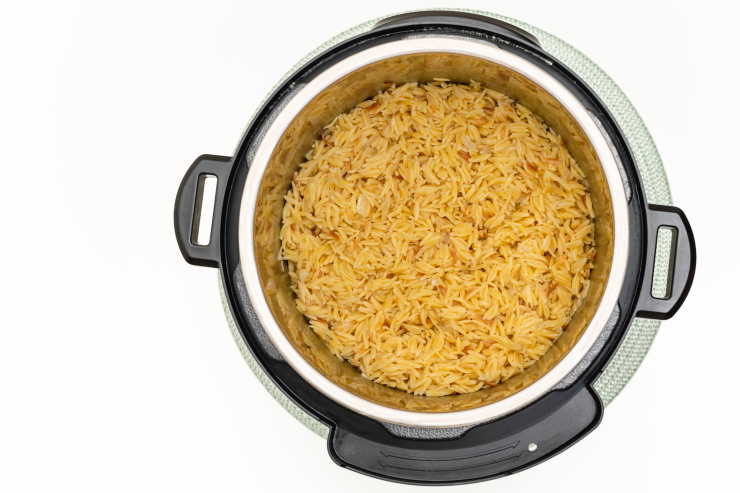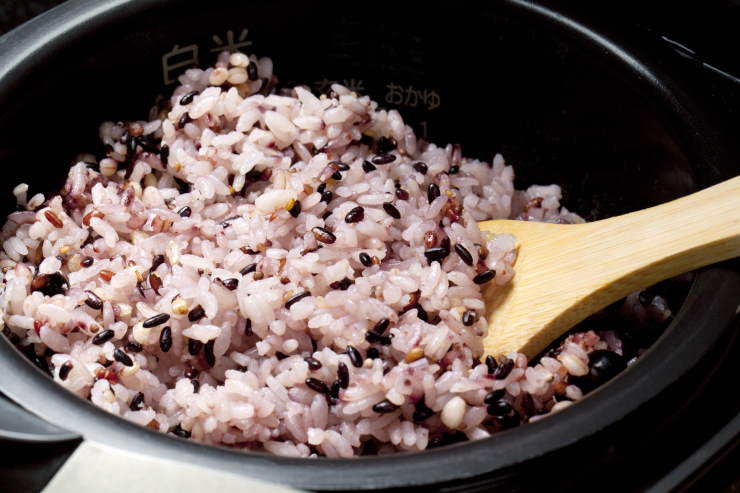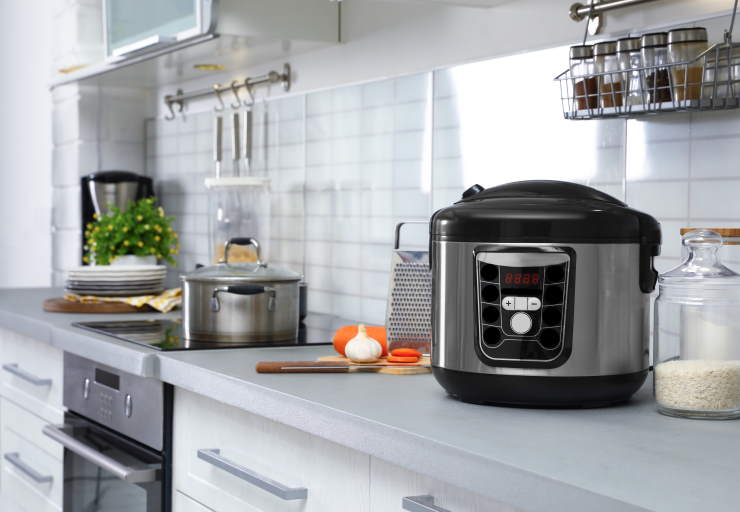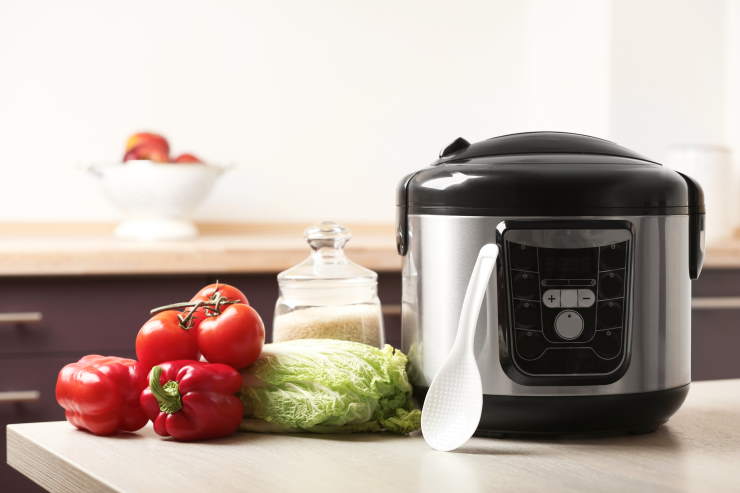How to Cook Barley in a Rice Cooker?
Barley is a delicious grain with many health benefits that people use in stews, soups, and porridges. There are various types of ways to cook this superfood. Although cooking barley on a stovetop is the most common way to go for many people, we suggest you consider using a rice cooker. You will be surprised by how fast and delicious results you get.
If you don’t have one already in your house, a rice cooker is an amazingly useful kitchen appliance that cooks what you put inside by boiling or using steam. Rice cookers have high-tech versions with many sensors to assist you and cut your time spent in the kitchen. So let’s discuss the fine details of cooking barley in a rice cooker without further ado.
Why Should You Use a Rice Cooker?

The thermometer is the first and foremost reason for using a rice cooker instead of stovetop cooking. The thermometer can sense when the barley has absorbed all the water or broth inside. Therefore, the thermometer instructs the rice cooker to turn off the heating and only keep the barley warm when the temperature of the barley starts to increase over 212 F or 100 C, which denotes that all the water has been absorbed or cooked away. You must decide this for yourself if you cook in a pot instead of a rice cooker.
If you own a high-end pressure rice cooker, even better; because the barley cooks thoroughly from the inside out, releasing its taste and nutty flavor as a result of the pressure-induced temperature rise inside the rice cooker.
Also, when you are using a pot, you need to use more water or broth because it evaporates more rapidly. A rice cooker generates a more sealed shut environment, and the moisture escapes much more slowly. The water that gets evaporated means that the taste is leaving your food little by little. So it’s always good to use the minimum amount of water when cooking the grains and legumes; hence the rice cookers are perfect for this job.
Steps to Follow While Cooking Barley in a Rice Cooker

Rinse
Barley that you buy from the store comes with an airtight package and is cleaned before coming into the market’s shelves. The odds are on the lower side that you find unwanted pieces in that package. But still, we suggest you skim through and rinse every kind of legumes and grains before cooking. This also goes for barley. This way, you can get rid of the excess starch and unwanted debris. You should also do the rinsing process before soaking to prevent damaging the softened barley during the soaking process.
Soaking Before Cooking
As it goes for all the legumes, unfortunately, soaking barley overnight lowers the cooking time drastically. Even though this step is optional, we strongly recommend you try putting your barley into a deep bowl with lots of water if you don’t want to end up cooking that barley for hours.
Another reason why we suggest you soak the barley overnight is to prevent the bloating you might get after eating. Due to the gluten and fiber in barley, it’s highly possible that you might feel gas and bloat. You should also apply this process while cooking other types of grains and legumes if you have a sensitive stomach.
Water or Broth?

Now that you have rinsed your barley thoroughly and soaked it overnight (or at least for a couple of hours), it’s time to decide which kind of liquid to use for the boiling process. Of course, boiling your legumes and grains with plain water is always acceptable. But here’s a game-changing tip: try using vegetable broth instead. This way, you will also not waste any leftovers from boiling your vegetables.
If you boiled some corns, you would know the sweet broth you get from them. When you use the leftover broth from boiling corns, your barley will have a hint of sweetness and be incredibly juicy. So go ahead and make use of those precious vegetable broths instead of wasting them. You and your guests will definitely taste the difference afterward.
You don’t need to boil vegetables first to have delicious barley every time. Instead, we suggest you put the leftover vegetable broth on ice cube trays, and this way, you can store tiny broth cubes inside your freezer for up to a month and use them whenever you need.
Cooking time: Barley in a Rice Cooker

- For every one cup of barley, you should put 1 cup of water or vegetable broth in the rice cooker.
- Add some salt to give more taste if you prefer, and stir gently.
- After closing the rice cooker’s lid, you should pick the “Brown Rice” option if your rice cooker does not have a unique cooking option for legumes or grains.
- Let the rice cooker do its job until it switches to the “Warm” option.
- Let the barley rest for approximately fifteen minutes before you open the rice cooker’s lid.
Final Tips:
- Drain any excess water immediately from the boiling process. Do not let your barley sit in the leftover water or broth. This will make them much softer and mushier.
- Cover the pot after you drain the leftover water and let the barley rest for approximately fifteen minutes with a closed lid.
- Do not forget to fluff the barley, as you would when cooking rice, and put a clean cloth over a paper towel before closing the lid. This will absorb the excess steam and prevent your barley from getting softer than you originally planned.
- If you feel bloated after eating barley, even though you soak it overnight, we have another secret to tell you: cumin. If you put a pinch of cumin while adding the salt before you start the boiling process, you feel definitely feel the difference afterward. Cumin naturally relieves nausea, bloating, and constipation while strengthening the digestive system. If you don’t put too much, just a pinch, you will not even realize the taste of cumin while eating the barley. It only gives a subtle hint of its flavor, detectable for those with an extremely sensitive palette.
Conclusion

Barley is a fantastic superfood you should add to your diet. But as we all know, healthy does not always mean tasty. If you want to add these foods to your diet, you should find a way to cook them to your liking instead of forcing yourself to eat something you don’t like the taste of. That is why we suggest using a rice cooker to turn the tables. You will cut the time you spend in the kitchen almost by half and cook much more delicious barley as a bonus result.

